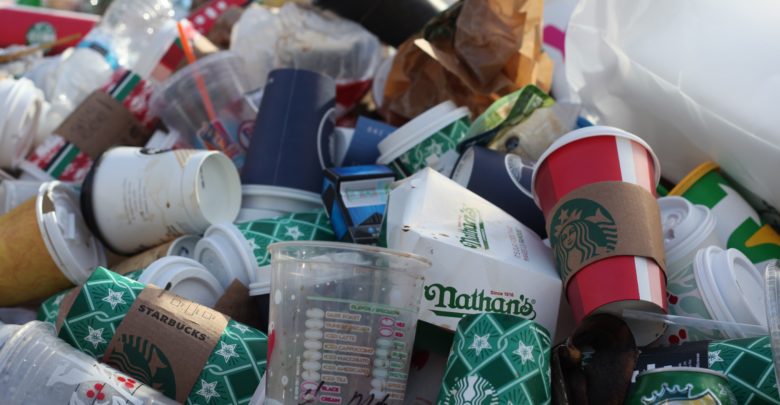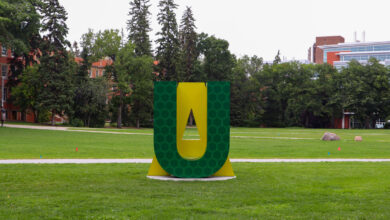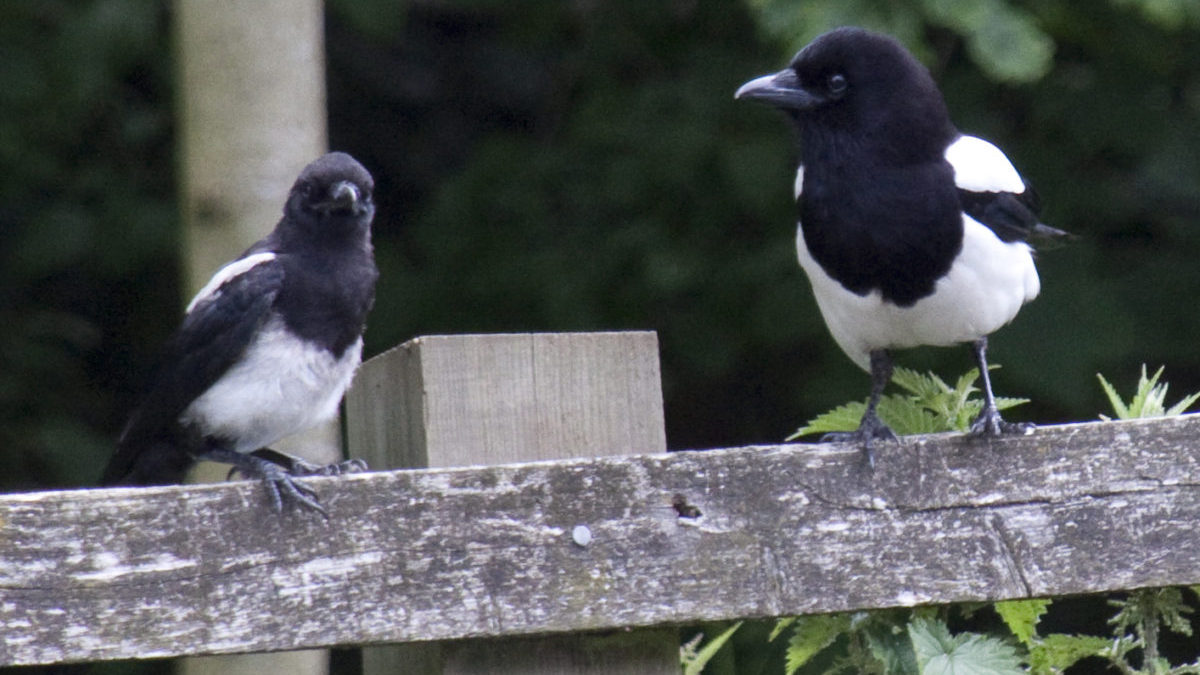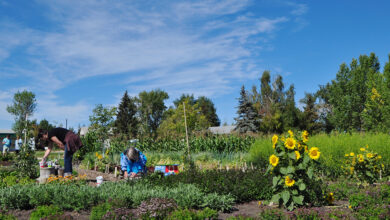 Jasmin Sessler via Unsplash
Jasmin Sessler via UnsplashEdmonton is not known for many things, but we are known for our trash.
Edmonton’s waste management system was once considered state of the art and a great asset to our city. It was the site of field trips, tours, and even featured on the Amazing Race Canada in 2015. However, what once was the crowned jewel of Edmonton, has become an embarrassment over time. Bad infrastructure, high levels of contamination, and old technology have all contributed to some major problems with our city’s waste management.
The city of Edmonton is trying to make a change. This spring, they will be introducing garbage and food scrap carts to waste collection. Residents will receive a black cart for garbage, a green cart for organics, and a smaller pail for kitchen food scrap collection. These carts are long overdue — Strathcona County has been using them for years and they should help cut costs in Edmonton. However, Edmonton’s recycling and composting systems are failing and these carts are not going to change that.
The cart rollout is part of Edmonton’s 25 year plan to divert 90 per cent of our city’s waste from landfills. Our diversion rate has been steadily falling since 2013 when we achieved nearly 50 per cent; in 2020, the rate is estimated to be a mere 17 per cent.
The nail in the coffin of our waste management system was the closure of Edmonton’s compost facility in the spring of 2019. The building, which opened less than 20 years ago, was deemed structurally unsound. The roof was rotting due to the design, heat, and chemicals used. The city has a more modern, anaerobic digestion facility — which is where UAlberta sends its organics — but it comes nowhere close to fulfilling the composting needs of the entire city. A new compost facility is expected in 2025, but it bears keeping in mind that the anaerobic digestion composter that was supposed to open in 2012, opened in 2019.
This raises the question: where will all the organic matter from the new food scrap carts go? The landfill. Or at least some of it. The city claims it will be doing its best to process this organic matter elsewhere, but that’s just not good enough. Those compost carts are likely going to be sending a certain amount of good, carefully sorted organic material to the landfill and that’s just heartbreaking.
These carts are false advertising to Edmontonians and they are not currently about waste diversion. They are about simply making the city look good.
To those who do their own backyard composting, you may not want to quit once you receive your green cart. Of course some food scraps that you don’t want in your backyard — like meat, bones, dairy or oils — would be worth putting in there and crossing your fingers that it doesn’t end up in the landfill. Any yard waste, fruit, and veggie scraps however, are probably better off in your own composter.
Composting isn’t the only area of waste management that is a problem. In 2018, Edmonton’s recycling had a contamination rate of 24 per cent — second highest in the country. That same year, China increased its contamination standards, giving us no place to send our poorly cleaned and sorted recycling.
While we need to stop simply shipping our waste overseas, we also need to change the way we recycle. Edmonton has always had the one bag system where we toss everything in one bag to be hand sorted by someone else at the recycling centre. This has created a lack of education about what can actually be recycled, something which has huge consequences for our city.
It only takes one dirty peanut butter jar or one coffee cup to contaminate a massive amount of recycling. The current system is simple, but no longer effective and huge amounts of recycling are being sent to the landfill. The city needs to focus on both better sorting systems and educating Edmontonians about how and what to recycle.
Currently, the main way to determine if something is recyclable is the Wastewise app. The app is something we should all use because what can be recycled is by no means intuitive and changes over time. For example, could I recycle a yogurt cup? Surprisingly, no. A yogurt tub? Yes, but only if it is clean and dry. What about the lid? Foil lids cannot be recycled but plastic lids can.
If Edmontonians know how to recycle properly, it would divert waste from the landfill, make our recycling more marketable, and save taxpayers money.
Our city has a problem with waste. It is high time the City of Edmonton made managing this crisis a priority and restored Edmonton’s reputation as a city that manages its trash well. Rapid development of infrastructure and new technology should be a focus right now because every year these improvements get delayed, vast amounts of waste that would be otherwise usable is being sent to the landfill. Individuals too, need to change the ‘throw away culture’ and start valuing sustainability over convenience.
So, when your new garbage carts arrive this spring, think about the waste you produce and where it will be going. Just because Edmonton’s waste management is trash, doesn’t mean your own waste has to be.




